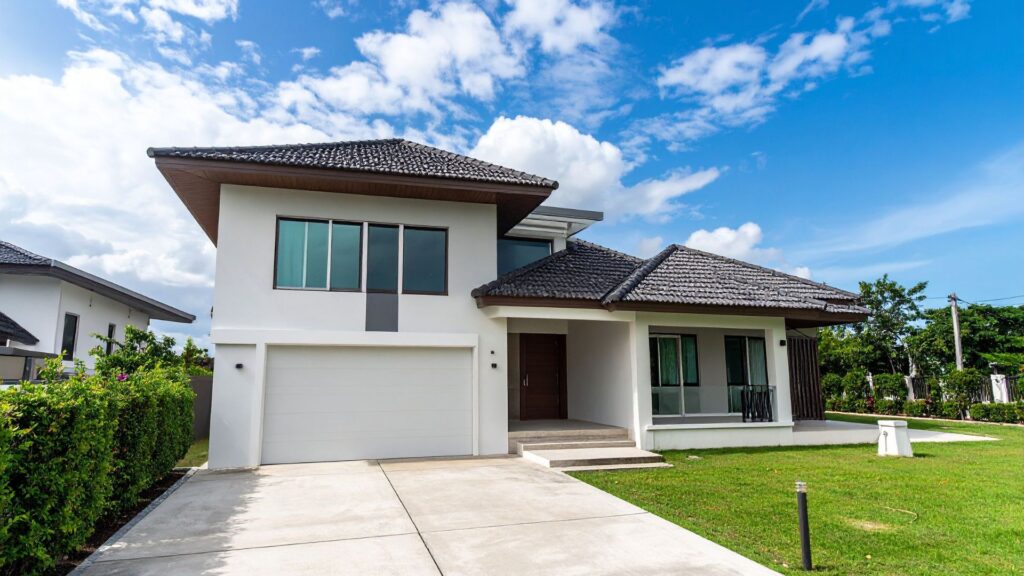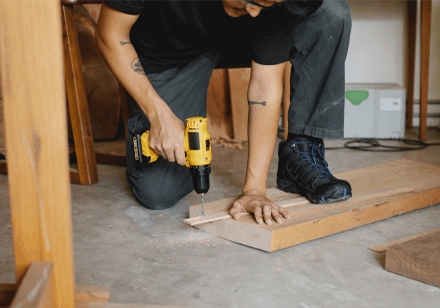Welcome to your go-to guide on building a second story on your house in Christchurch. If you’re running out of room but love where you live, adding an upper level could be the smart solution. With land prices climbing and space at a premium, many Christchurch homeowners are choosing to build up instead of moving out. This guide walks you through everything you need to know — from council rules and costs to design tips and trusted local builders — so you can turn your current home into the spacious, modern retreat you’ve always wanted.
Building a second story on your house in Christchurch lets you expand your living space without losing your backyard. It can increase your home’s value, improve natural light and views, and give your family more room to grow. You’ll need building consent from the Christchurch City Council, a structural assessment, and an experienced builder familiar with local regulations.
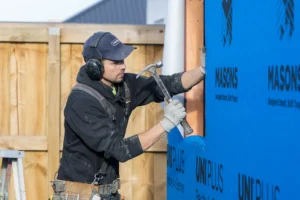
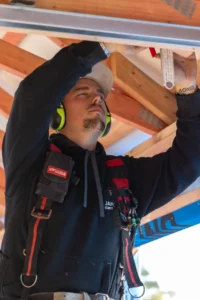
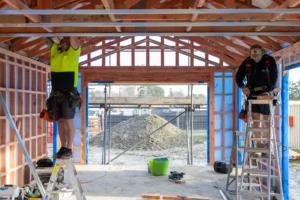
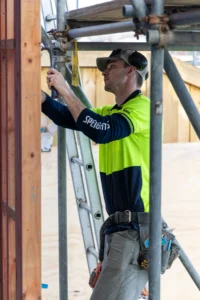

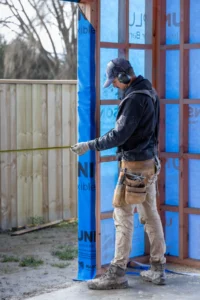

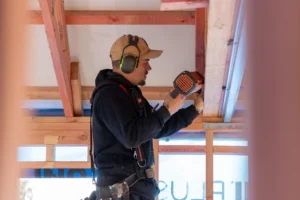
Table of Contents
Why Build Up Instead Of Out?
When your family starts to outgrow your home, the first thought is often to expand outward. But for many Christchurch homeowners, building up instead of out makes far more sense. Adding a second story offers space, comfort, and long-term value without sacrificing the land you already have. In a city where section sizes are shrinking and new land is expensive, a vertical extension can be a practical and rewarding choice.
Building up preserves your outdoor space — one of the biggest advantages for homeowners who value their garden, patio, or play area. Rather than extending into your lawn, you gain extra bedrooms, an office, or a new living area above your existing footprint. This approach keeps your outdoor lifestyle intact while giving your home the breathing room it needs.
A second story also adds significant value to your property, especially in tight Christchurch neighborhoods where land is limited. More square meters translate directly to a higher resale price and stronger long-term equity. It’s an upgrade that pays for itself over time, making it an appealing move for families planning to stay in their homes for years.
Another benefit is the access to better views and natural light. Elevated spaces often catch more sunlight throughout the day and can open up stunning views of the Port Hills, city skyline, or even the Southern Alps on clear days. These small details enhance your daily living experience and can make upstairs rooms feel more open and inviting.
From an aesthetic perspective, a well-designed second story can modernize the look of older Christchurch homes. Many pre-quake houses were built as single-level dwellings with traditional layouts. By adding another level, you can refresh the style, update materials, and give your home a new architectural balance.
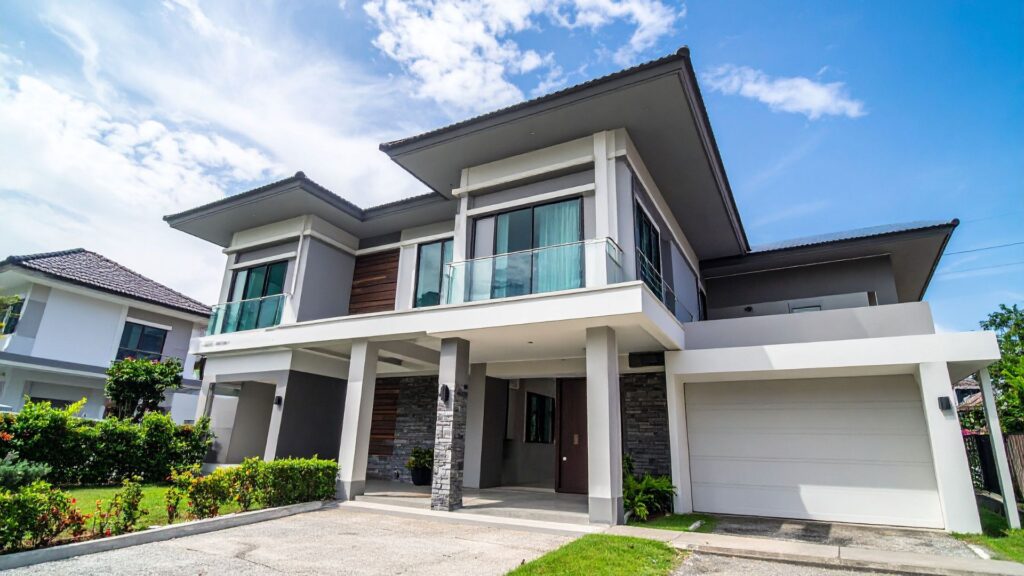
Understanding Christchurch Building Rules & Permits
Before starting any second-story addition in Christchurch, it’s crucial to understand the local building rules and consent requirements. These rules exist to make sure your home remains safe, stable, and compliant with Christchurch City Council standards. Getting the right approvals from the start can save you time, money, and frustration down the line.
Resource And Building Consent Basics
In Christchurch, most second-story additions require both building consent and, in some cases, resource consent.
- Building consent ensures that your plans meet the New Zealand Building Code. This covers structural strength, fire safety, insulation, and weatherproofing. You’ll need to submit detailed drawings, engineering reports, and specifications to the council before any work begins.
- Resource consent may be required if your design affects your neighbors, crosses height or boundary limits, or alters the character of your area. For example, if your new level casts a large shadow on a nearby property or exceeds zoning restrictions, the council may ask for resource consent approval.
It’s best to check early with the Christchurch City Council whether your specific project needs both types of consent. You can learn more about the process on their official website: Christchurch City Council – Building and Planning.
Height And Boundary Rules
Christchurch has strict height and boundary regulations that control how high and close to the property line your addition can go. These limits vary depending on your neighborhood zoning.
- Most residential areas have a height limit of around 8–10 meters, but this can differ depending on the slope of your land and local planning overlays.
- You’ll also need to maintain daylight recession planes, which are invisible boundaries that ensure your new level doesn’t block sunlight or views for neighboring homes.
- Setback rules control how far your new walls and roof must be from your property line.
Breaking these rules can delay your project or lead to costly redesigns, so it’s important to have your designer or architect confirm measurements early.
Importance Of Hiring A Licensed Building Practitioner (LBP)
Building a second story is a major structural project that demands expertise. Hiring a Licensed Building Practitioner (LBP) is not just smart — it’s a legal requirement for most building work in New Zealand.
An LBP ensures that:
- Your plans meet safety and building code standards.
- Structural elements like framing, roofing, and foundations are handled correctly.
- Council inspections pass smoothly, avoiding compliance issues later.
You can check if your builder or designer is licensed using the Licensed Building Practitioner Register. Choosing an LBP also gives you peace of mind, knowing your investment is protected and professionally managed.
Keeping It Simple And Clear
The process may sound complex, but with the right professionals and clear planning, it becomes manageable. Start by consulting your builder or architect, confirm consent needs with the council, and prepare all required documentation before breaking ground. Good preparation shortens approval time and prevents unexpected issues during construction.
Understanding Christchurch’s building rules and permits is the foundation of a successful second-story addition. When you follow council guidelines, hire qualified professionals, and plan carefully, your project moves faster and with fewer surprises. The extra effort at this stage ensures your dream second story becomes a safe, compliant, and lasting part of your home.
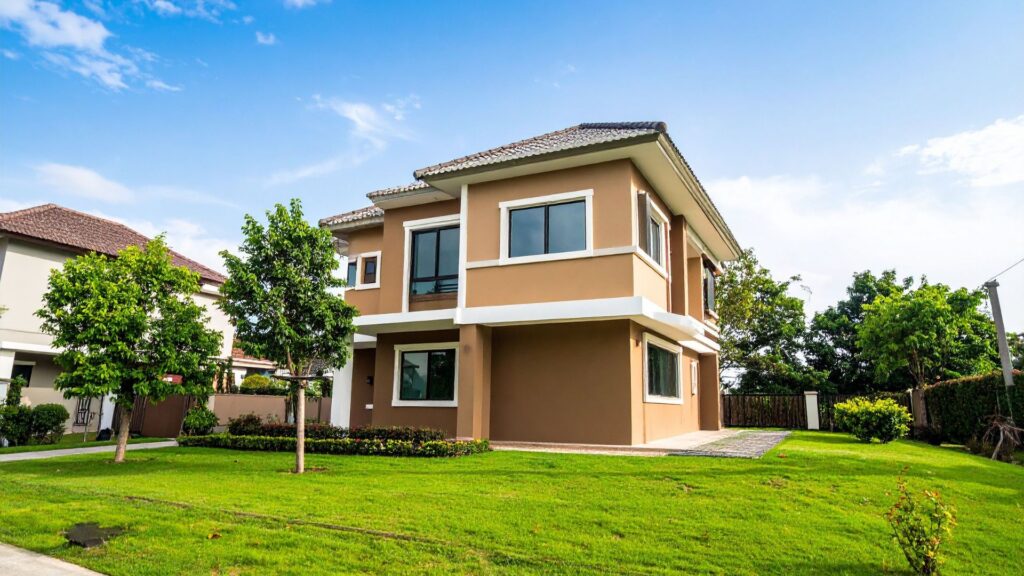
The Planning & Design Process
Before you begin building a second story on your house in Christchurch, careful planning and design are essential. This phase sets the tone for your entire project — it determines your budget, timeline, and the overall success of your renovation. Let’s break down the key steps to help you plan with confidence and avoid costly surprises.
Assess The Structure
The first step is understanding whether your existing home can safely support another level. A licensed structural engineer should inspect your foundation, framing, and overall stability. Many Christchurch homes built before the Canterbury earthquakes may need reinforcement or upgrades to meet modern building codes. If your home isn’t structurally sound, your builder might recommend adding steel beams, bracing, or stronger foundations before construction begins.
Engage An Experienced Architect Or Designer
Work with an architect or designer who understands Christchurch’s local climate, building regulations, and architectural styles. They’ll help you create a design that blends seamlessly with your existing home while adding functionality and appeal. A professional designer can also help you optimize layout, natural light, ventilation, and stair placement to make your new level both practical and beautiful. Always review their past projects and check if they’re familiar with local council consent processes.
Consider Seismic Factors
Christchurch’s unique geological conditions make earthquake safety a major priority. Building a second story means adding weight and complexity to your structure, so your design must comply with post-earthquake building standards. Work with engineers who specialize in seismic strengthening to ensure your new addition is both durable and safe. Using lightweight, flexible materials can reduce stress on your home’s foundation and help meet these standards.
Get Multiple Quotes
Before committing to any contractor, gather at least three detailed quotes from Christchurch-based builders. Compare more than just the total price — look at the scope of work, materials, timeframes, and inclusions. Low quotes can sometimes hide missing details or cheap materials. Transparent builders will outline everything clearly and explain any potential cost changes upfront.
Practical Tips From Local Professionals
- Check your property’s zoning before starting — certain areas have height and boundary restrictions.
- Ask for recommendations from neighbors or local online communities.
- Discuss temporary living arrangements early, as some stages of construction may make your home unlivable.
- Keep communication open with your builder and architect to stay aligned on progress and changes.
Planning your second story is the foundation of a successful build. By taking time to assess, design, and collaborate with the right Christchurch professionals, you’ll save money, avoid stress, and create a home that feels perfectly tailored to your lifestyle. Good planning today means a smoother, safer build tomorrow.
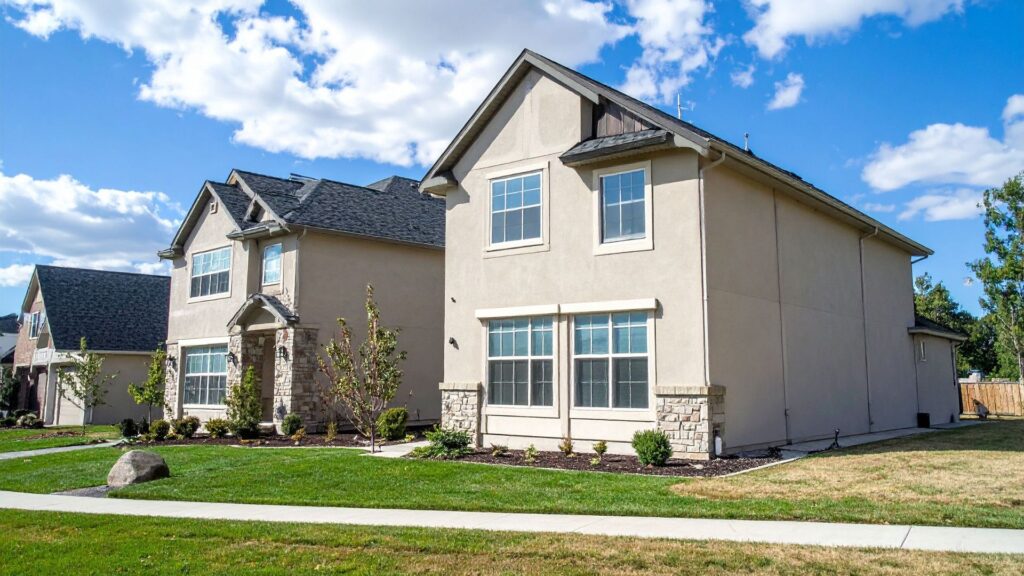
Cost Breakdown: What To Expect
Building a second story on your house in Christchurch is a major investment, but one that can pay off with extra space, comfort, and long-term value. On average, homeowners can expect to spend between $250,000 and $500,000 for a full second-story addition. This range can shift depending on the size of your home, the materials you choose, and how complex your design is.
Key Factors That Affect The Price
- Materials And Finishes
The quality of materials plays a big role in your overall budget. Premium cladding, roofing, insulation, and windows will naturally cost more than standard options. Choosing high-end finishes can quickly raise the price per square meter, while simpler finishes help keep costs manageable. - Design Complexity
If your new level includes multiple bedrooms, bathrooms, or open-plan areas, your build will require more time, labor, and coordination. Features such as balconies, large windows, or custom staircases also increase expenses. Working with an experienced architect can help balance design ambition with budget efficiency. - Roof Removal And Structural Work
In most second-story builds, the existing roof must be removed before construction begins. This adds demolition and disposal costs. Structural reinforcement may also be needed if your current foundation or framing cannot support the added weight. An engineer’s assessment will determine if strengthening is required. - Plumbing And Electrical Adjustments
Adding new bathrooms, lighting, or power points means your plumbing and electrical systems must be extended upward. The complexity of rerouting these systems can add significant labor costs, especially in older homes. Planning these details early avoids surprise expenses later. - Temporary Accommodation Costs
Since your roof may be removed and major work will occur overhead, many homeowners choose to live elsewhere during the build. Temporary accommodation, such as renting a short-term apartment or staying with family, should be factored into your total cost. - Budgeting For Contingencies
No matter how well you plan, unexpected issues can arise. Hidden structural damage, material delays, or council approval changes can push timelines and costs higher. To stay financially safe, add a 10–15% contingency buffer to your total budget. This ensures you’re ready for any surprises without stress.
Comparing The Cost To Buying A Larger Home
When you compare the expense of building a second story to buying a larger home in Christchurch, the results can be surprising. Moving involves real estate fees, stamp duty, and relocation costs, which can easily reach tens of thousands of dollars. By building up, you invest directly into your existing property and often increase its market value by 20–30%. For many homeowners, staying put and expanding vertically offers better long-term value and convenience.
A second-story addition in Christchurch is a big financial decision, but with smart planning and clear budgeting, it can transform your home without the stress of moving. By understanding what drives the cost, preparing for hidden expenses, and comparing your options, you’ll be ready to make confident choices that fit your lifestyle and budget.
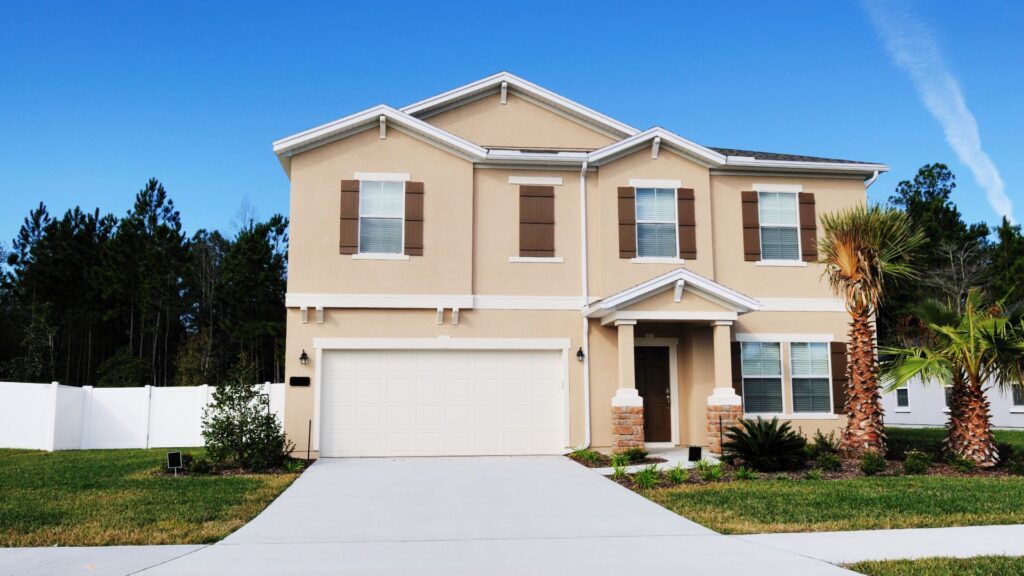
Choosing The Right Builder Or Contractor
Building a second story on your house in Christchurch is a big investment. The success of your project depends heavily on the builder or contractor you choose. A skilled and trustworthy professional can make the entire process smoother, faster, and stress-free. On the other hand, hiring the wrong builder can lead to costly delays, poor workmanship, and endless frustration. Here’s how to make sure you’re working with the right people for the job.
Look For Christchurch-Based LBPs With Second-Story Experience
Start by shortlisting Licensed Building Practitioners (LBPs) who are based in Christchurch. Local builders understand regional regulations, soil conditions, and weather challenges. They’re also familiar with the Christchurch City Council’s consent process, which can save you time and paperwork.
Choose someone who has specific experience in adding second stories or home extensions, not just general renovations. Ask to see examples of their recent projects or speak to previous clients. A builder who’s handled similar structural upgrades will already know how to manage load-bearing walls, foundations, and roof removal safely.
Check Reviews, Past Projects, And Insurance Cover
Before signing anything, do your homework. Search online for reviews on Google or local business directories. Look for consistent feedback about reliability, workmanship, and communication.
- Ask the builder to share photos or addresses of their previous builds so you can assess the quality for yourself.
- Confirm that they carry the right insurance coverage, including public liability and builder’s risk insurance. This protects you financially if something unexpected happens during construction.
Ask About Timeframes, Communication, And After-Build Service
A reputable builder will be upfront about how long the project will take. They should give you a detailed timeline from demolition to completion and clearly explain each stage of the process.
Good communication is equally important. Choose a contractor who provides regular updates and responds quickly to your questions. You should feel confident that you’ll be kept in the loop throughout the build.
Finally, ask about their after-build service. Quality builders often provide maintenance support or a workmanship warranty. This gives you peace of mind long after the construction dust settles.
Handy Checklist For Choosing A Builder
Use this quick checklist to make your selection easier:
- Licensed Building Practitioner (LBP) in Christchurch
- Proven experience with second-story additions
- Positive online reviews and strong client feedback
- Transparent cost estimates and written contracts
- Valid insurance coverage
- Clear communication and progress updates
- Provides a realistic project timeline
- Offers after-build support or warranty
Choosing the right builder for your second-story project isn’t just about price — it’s about trust, skill, and communication. Take your time to compare options, ask detailed questions, and look beyond surface promises. When you work with a qualified Christchurch builder who values transparency and craftsmanship, your home expansion will not only meet expectations but truly feel like a natural part of your original home.
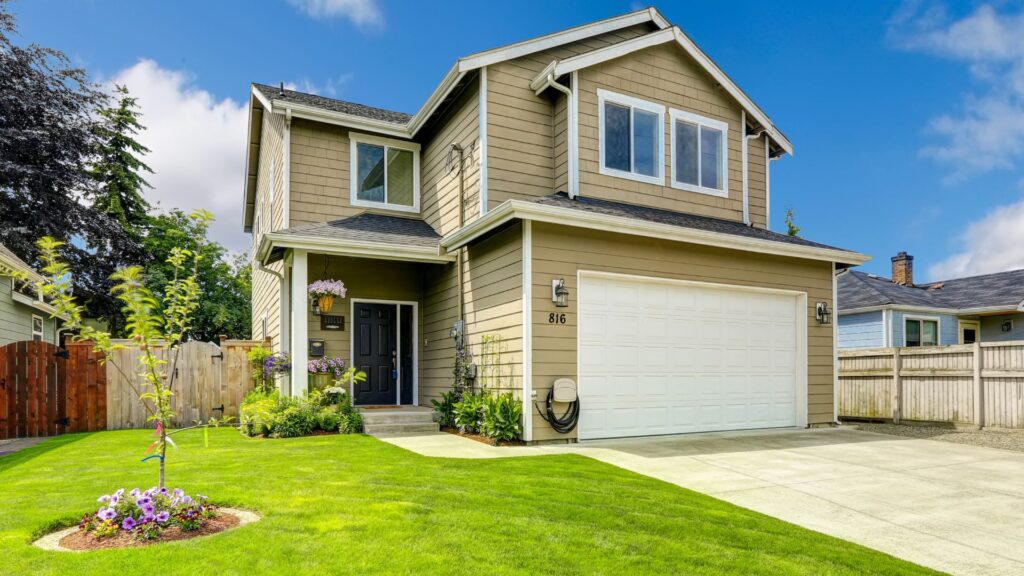
Design Inspiration: Second-Story Ideas For Christchurch Homes
Building a second story isn’t just about adding more space — it’s about creating a home that fits your lifestyle and reflects Christchurch’s unique charm. When planning your design, think beyond square footage. Consider how the new level will enhance daily living, match your existing structure, and bring character to your property. Whether you prefer sleek modern lines or classic heritage features, the goal is to make your addition feel like a natural part of your home.
Modern Vs. Heritage-Style Additions
Christchurch homes range from modern rebuilds to classic villas and bungalows, and your second-story design should respect that diversity.
- Modern additions feature clean lines, large windows, and open layouts. These designs maximize natural light and often use materials like glass, steel, and cedar for a contemporary finish. They work especially well for newer homes built after the earthquakes, where the focus is on energy efficiency and modern comfort.
- Heritage-style extensions preserve the timeless look of early Christchurch architecture. Think weatherboard cladding, decorative trims, and pitched roofs that mirror the home’s original structure. If your property is in a heritage zone, this approach helps maintain its character while meeting council guidelines.
Blending New Structures With Existing Homes
A well-designed second story should look like it was always meant to be there. Blending old and new elements keeps your home visually balanced and architecturally sound.
- Match materials, rooflines, and window styles where possible.
- Use consistent color palettes to connect the original home and new addition.
- For contrast, some homeowners choose a subtle variation — like darker upper cladding — to highlight the new level without making it stand out too harshly.
- Inside, a unified interior design ties both levels together through flooring, lighting, and décor choices.
Smart Layouts For Everyday Living
A second story gives you the chance to rethink how your family uses space. Plan the layout around your lifestyle and future needs.
- Upstairs bedrooms create privacy and free up the ground floor for open-plan living or entertainment areas.
- Home offices upstairs offer quiet spaces for remote work, away from household noise.
- Extra bathrooms make mornings easier and boost resale value.
- Balconies or decks can open up views of the Port Hills or garden, turning your upper floor into a peaceful retreat.
Think of your new level as more than just an addition — it’s a fresh start for how your family lives. With thoughtful design, your Christchurch home can feel larger, brighter, and more connected to your lifestyle.
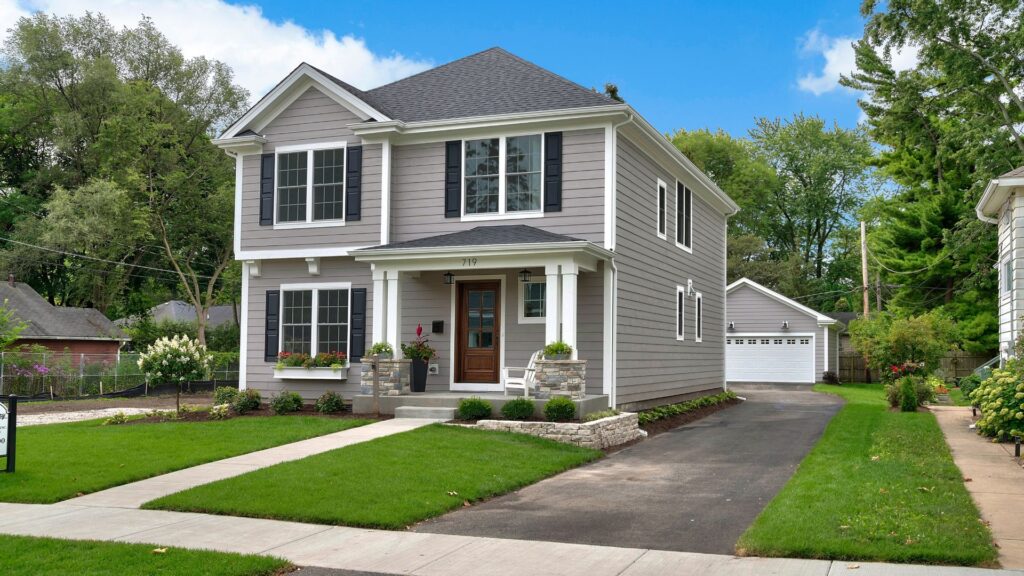
Potential Challenges & How To Avoid Them
Building a second story on your house in Christchurch is an exciting project, but it does come with challenges that can impact time, budget, and comfort. Understanding these issues early helps you plan better, avoid costly surprises, and keep your build running smoothly. Below are the most common problems homeowners face—and practical ways to overcome them.
Structural Surprises Once Work Starts
When construction begins, builders may discover issues that weren’t visible during the design phase. These can include weak foundations, outdated framing, or hidden damage from moisture or pests. Such surprises can delay progress and increase costs.
To avoid this, invest in a detailed structural inspection before any work starts. A qualified engineer can assess whether your current foundation and framing can support a second level. Spending a little more upfront on assessments helps prevent expensive structural corrections later.
Delays From Consent Or Supply Chain
Building consents in Christchurch can take time, especially for complex extensions. On top of that, supply chain delays for materials like timber, windows, or roofing can push your timeline back.
To minimize hold-ups, submit complete and accurate consent documents from the start. Work with a builder familiar with Christchurch City Council’s process to ensure everything is in order. Also, plan your materials early and choose local suppliers when possible to reduce delivery delays.
Budget Creep
It’s easy for costs to rise as your project evolves. Unexpected repairs, design changes, or material upgrades can stretch your budget.
Set a realistic budget with a 10–15% contingency to cover unplanned expenses. Review quotes carefully and confirm what’s included before signing contracts. Regularly track spending throughout the build and stay in close communication with your builder to avoid surprises.
Living On-Site During Construction
Living in your home while adding a second story can be stressful. Noise, dust, and limited access to parts of the house can disrupt daily life.
If possible, arrange temporary accommodation during key stages of construction—especially when your roof is removed or when major interior work is happening. If moving out isn’t an option, set clear work hours with your builder, seal off living areas, and plan for safety and privacy.
Challenges are part of any major renovation, but the right preparation makes them manageable. By planning ahead, hiring experienced Christchurch professionals, and keeping open communication, you can turn potential problems into smooth progress. Building up may test your patience, but the reward—a spacious, beautifully upgraded home—is worth it.
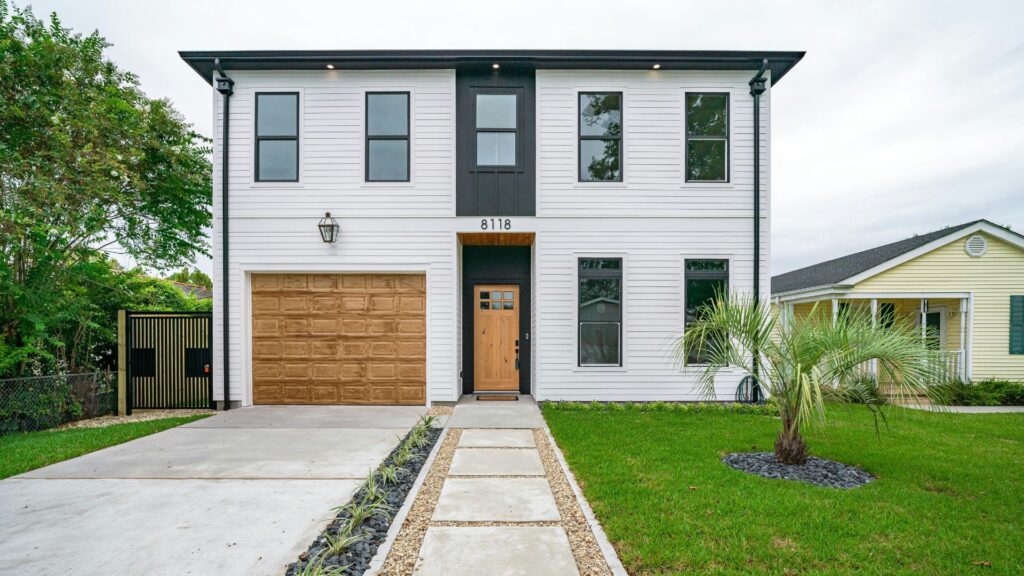
How Long Does It Take?
When planning to build a second story on your house in Christchurch, understanding the project timeline helps you set realistic expectations. While every build is unique, most second-story additions take around six to twelve months from start to finish. The exact timeframe depends on factors such as the size of your home, the complexity of the design, council consent processing times, and weather conditions during construction. Below is a breakdown of the key stages so you know what to expect at each step.
Design And Consent
The first phase is the design and consent process, which typically takes two to three months. During this stage, you’ll work with an architect or designer to create detailed plans that meet your vision and comply with Christchurch City Council building regulations. Once the plans are ready, they are submitted for building and resource consent. Council approval times can vary, but it’s wise to allow at least a few weeks for review. Good planning here can save time later by preventing revisions or compliance delays.
Demolition And Preparation
Once you have consent, your builder will prepare the site for construction. This step may involve removing the existing roof, strengthening the foundation, and setting up scaffolding. Demolition and preparation generally take two to four weeks, depending on how complex your existing structure is. It’s also common for homeowners to move out temporarily during this phase for safety and convenience.
Build Phase
The construction phase is where your home starts taking shape. Builders add new framing, walls, and roofing for the second story. This is the most time-consuming stage, usually lasting three to six months. The timeline can stretch if weather delays occur or if the project involves custom design elements, new plumbing, or electrical adjustments. Regular communication with your builder is key during this phase to ensure everything stays on track and matches your expectations.
Interior Finishing
After the main structure is complete, the interior finishing begins. This includes insulation, plastering, flooring, painting, and installing fixtures. This stage usually takes one to two months, depending on the level of detail and materials chosen. Homeowners often enjoy this part of the project because it’s when the space starts to feel complete and personal.
Manage Expectations
Remember, every renovation project is different. Unforeseen challenges like weather interruptions or consent delays can affect your schedule. The best way to stay on track is to plan carefully, work with experienced Christchurch builders, and stay flexible when minor changes arise. As the saying goes, good planning reduces surprises — and that’s especially true when you’re building up.
By understanding the timeline and preparing for each stage, you’ll be better equipped to handle the ups and downs of a second-story addition. With the right team, a solid plan, and patience, your Christchurch home can transform beautifully within a realistic timeframe — turning your vision of more space into a stunning new reality.
Ready to explore what’s possible for your home? Connect with our Christchurch renovation experts today to get a free consultation and see how easily you can add space, comfort, and value to your property.








FAQs: About Building A Second Story On Your House In Christchurch
What are the benefits of building a second story on my house in Christchurch?
Building a second story gives you more living space without losing your yard. It also increases property value and improves natural light and views.
Do I need council consent to build a second story in Christchurch?
Yes. You’ll need building and possibly resource consent from the Christchurch City Council before starting your project.
How much does it cost to build a second story in Christchurch?
Costs vary, but most projects range between $250,000 and $500,000 depending on size, materials, and design complexity.
How long does it take to complete a second-story addition?
Expect six to twelve months from planning to completion, depending on weather, permits, and construction timelines.
Can my existing house structure support a second story?
A structural engineer must assess your home’s foundation and framing to confirm it can safely hold another level.
What types of houses are suitable for a second-story addition?
Most timber-framed homes can be extended upward, but older or brick homes may need extra structural work.
Will I need to move out during construction?
In many cases, yes. Builders often remove the roof, making it difficult to live in the home during key construction stages.
How do I choose the right builder for a second-story project?
Hire a licensed building practitioner (LBP) experienced in second-story builds within Christchurch. Check reviews, insurance, and references.
Are there design styles that work best for Christchurch homes?
Modern, contemporary, and heritage-matching designs all work well. The key is blending the new floor seamlessly with the existing home.
How much value does a second story add to a Christchurch property?
A well-built second story can boost your property’s value by 20–30%, depending on location, materials, and design quality.
Conclusion
Building a second story on your house in Christchurch is more than a renovation — it’s a smart way to gain extra space, comfort, and long-term property value without leaving the neighbourhood you love. By building up, you preserve your outdoor area while creating room for growing families or new lifestyle needs. Before you start, talk to trusted local builders and designers who understand Christchurch’s unique building standards and council requirements. Their experience can help you avoid costly mistakes and ensure your project runs smoothly from planning to completion. With the right team and a clear vision, your dream home could be waiting just above you. Take the next step today — explore reputable Christchurch builders, request a few quotes, or download a detailed planning checklist to get your project underway.

